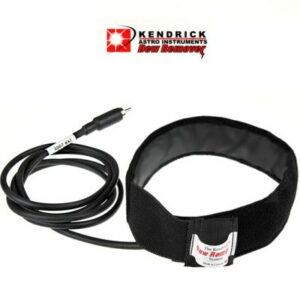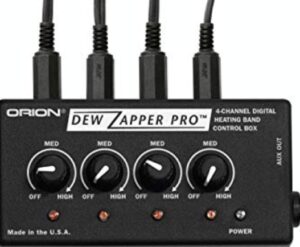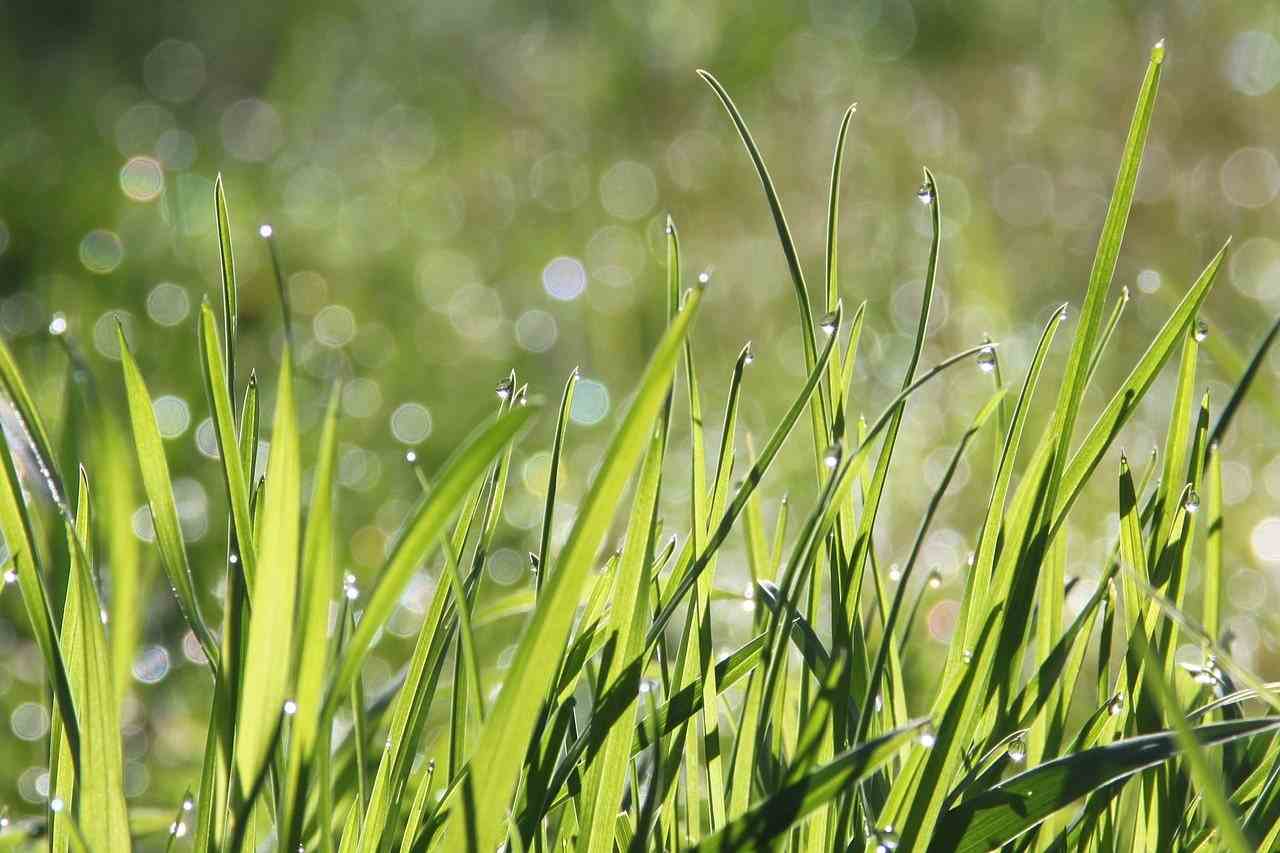*This post may contain affiliate links. This means we may make a commission if you purchase an item using one of our links*
A very common problem among telescope viewers, especially in the more humid star gazing climates, is this annoying issue with moisture forming on your lens. This moisture is known as dew so, this should atleast outline what a dew shield is.
Simply put, dew shields aim to counteract the build up of moisture and condensation around the lens of a telescope, that tends to occur at night time observations, which can be accomplished by either shading the lens or using warm air to stop the build up of dew on the lens.
Ultimately, considering stargazing is primarily a night time activity, it makes sense to invest in a dew shield otherwise you’ll probably find yourself packing up early because who wants see hazy images of outer space right? The rest of this article will basically going over what dew is and how you can stop it from building up on your equipment.
What Causes Dew To Cover Your Telescope?
Table of Contents
Dew is actually a word coined to describe moisture or tiny drops of water forming on objects due to condensation. This normally occurs on the surfaces of colder objects.
I don’t want to get too technical with what condensation is but if you don’t quite remember how it works from school, it’s the process of gas particles reverting back into liquid form where dew is simply water vapour reverting back into its liquid form, i.e. water (H2O)
Now the reason why dew forms on the lenses of telescopes and even your camera set up at night is primarily because the lens of your telescope is cooler than the water vapour present in the air.
Depending on the humidity of the air and where you may be observing from (by rivers and lakes), the issue may be a lot worse and in really cold climates dew may not even form at all but, all in all it is a pretty big issue for many late night astronomers.
Why Should You Invest In A Dew Shield?
The main reason to invest in a dew shield is so you can have a longer and unhindered experience when trying to view the stars or planets. it’ll prevent the the images to become hazy and have that annoying halo effect.
Some of you may think that wiping the lens periodically might solve the problem however, the truth is it won’t.
Let’s say for example you try to wipe away the dew on the telescope lens, not only will it still take a fair bit of time for it dry out but, the fact the lens is still cooler than the water vapour around you means it’s also very likely for dew within a few minutes one again.
Without anything too warm up the lens, the problem will persist throughout the night and probably within 10 or so minutes you’d probably just want to pack up your gear and go because the experience isn’t, you know, all that great.
That’s why you should seriously consider investing in a dew shield or make one as it will negate this issue and ultimately result in you having a much better astronomy or even astrophotography session without tiny water drops on your equipment dampening the experience.
What Equipment Should You Use To Prevent Dew Buildup
There are a few different accessories and actions you can use or take to prevent dew build and in this section I’ll be covering a few different areas to look at.
Dew Shields

The first piece of equipment you can use to prevent dew build up is a dew shield. These are basically caps that extend beyond the lens of a telescope therefore, lessening the exposure of the lens to the night sky.
A dew shield is a lot more useful for refractor based systems over Newtonian reflector telescopes because the tube of the reflector systems generally tend to act like a dew caps covering the primary mirror at the bottom of the tube. However, in instances where the reflector tube is more open, you’ll need a cloth to soak up the condensed air instead.
Although refractor and reflector telescopes do suffer with problems from dew, it’s primarily Schmidt cassegarain (SCT) devices that have the worst problems, which is why a dew shield is one of the first devices recommended to anyone looking to buy a SCT telescope.
Eyepieces are also prone to dew so you may need to look into either buying or creating your own make shift dew shield there too. If you’re looking to make your own shield, using a 16mm rubber foam that coats around your telescope should be sufficient.
Furthermore, a rule of thumb is that the dew shield should be roughly 1.5 time larger than the aperture of your device. So this means a 100mm aperture telescope should have a dew shield that is 150mm long.
Do note that dew shields won’t completely rid dew from forming on a telescope, it simply slows down the process by reducing the angular amount of sky seen by the telescope lens. On top of that a nice added bonus from using a dew shield is that the contrast levels when viewing outerspace becomes better as the shield also acts as a light baffle.
Dew Heaters

Another manner in which you can prevent dew build up is through the use of dew heaters. This is more so for systems that are really big or just build up dew so easily that it’ll be necessary to invest in an electrical heater to prevent this issue.
In fact if you’re aiming for an astrophotography session, it’ll probably be necessary to purchase heater straps to wrap around your scope or even a heated dew cap which continuously applies a little bit of heat on the lens.
Some may consider utilising a a hair dryer at a distance to reduce dew however, this isn’t a very practical option as you’ll need to use it every 5 minutes so, it’s in your best interests to purchase a dew heater that provides a consistent amount of heat to remain at a consistent temperature.
Hair dryers also have the issue of blowing dust at the lens which obviously will not be beneficial in the long terms however, as a quick fix they may be worth using.
One good dew heater worth looking into is a Kendrick Astro Instruments Firefly heater bands as they are designed to save power and operate from 12 Volts DC, making them power efficient and great for longer observation sessions. Click here to check out the best price.
Dew Contoller
If you opt to purchase a dew heater, a controller may be another purchase you’d need to consider looking into. This is so the controller can act as the heat bands or heat dew caps powersource to turn on and off when you need to apply heat to your devices.
It also controls the amount of heat your equipment produces, acts as an output to add more dew heaters, etc.

A popular dew controllers worth looking into is the Orion Dew Zapper Pro as it allows you to have optimal control on the output of each of your dew heaters due to it having a dial for each of its output. If this device interests you, here’s a link to it on amazon.
When Should You Use A Dew Shield?
Although in most instances a dew shield will be a mandatory attachment for your night time observing, there are of course a few exceptions.
This exception is primarily when the area around your device is colder than the temperature of your lens. If this is a situation you find yourself in, it’s primarily because the dew point is not met.
Another reason where dew may not form is if the air around you is very dry. Dry air means the temperature is unlikely to fall to a level where condensation of water vapour won’t happen, once again resulting in a dew free observation session.
You can also use your environment to your advantage to stop dew from forming. A real world example is when grass within a field has white frost or is simply wet with dew but, the area under a tree seems to be clear.
In this case the tree slows down the dewing process and acts pretty much like a huge dew cap. So maybe using a tree to prevent dew from forming quickly on your equipment is one tactic worth trying. On top of that, tress also reduce wind around your area which is another positive of observing under them.
Of course you shouldn’t expect a tree to be the most effecient dew preventing resource however, it ultimately will slow down the dewing process.
Summary
Although this article is primarily focused on the benefits dew shields have for telescopes, a dew shield isn’t limited just for telescopes, it can also be used well with other equipment such as cameras or binoculars if you decide to do so.
Hopefully this article has helped you out so that the next time you find yourself outside conducting some astronomy, you won’t have to leave early due to some annoying dew.
On the other hand if you’re not already into astronomy and are looking to do get involved, check out this list compromised of some great telescopes to get started with on your astronomy journey.

